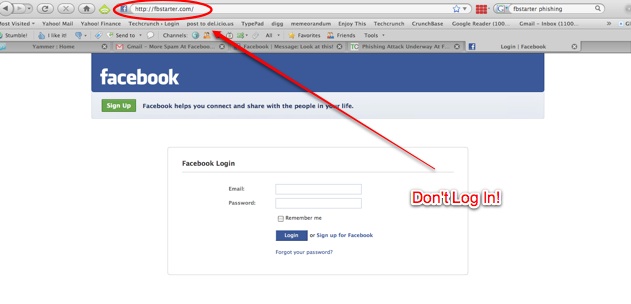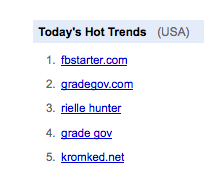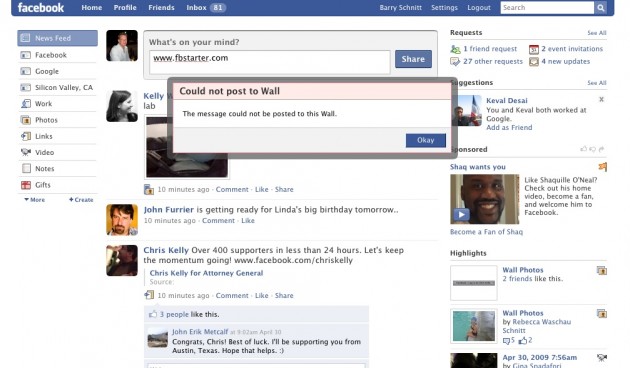
Seen scenarios in a social event where an individual can't stop talking to another party where that person is clearly bored and dying to walk away but just couldn't break the continuous senseless communication?
Ok, this is not a topic about marketing, but i guess that we're human beings that needs to communicate, here's some useful tips on communication way beyond words itself. Maybe paying a little bit more attention to it might do us well in providing a much more effective platform for communication. You might find that you're communicating more effectively when you're engaging the right people with the right topic.
Well, Comedians do it. Politicians do it. There has long been a trend for harnessing powerful non-verbal communication techniques when communicating, or even masking true emotions such as signs of nervousness or concern.
Every face tells a story. In any dialog or exchange, the internal client acts, and as an external consultant, you react using verbal and non-verbal communication. It is vital that you pick up on non-verbal cues displayed by your clients. This enables you to respond appropriately to how they are feeling and to any concerns they may have.
Non-verbal communication is often automatic and instinctive. But some people are better than others at reading the cues—and sometimes the client's face may not give away any tell-tale signs to you, the external consultant.
Your clients and the people in your team may reveal how they feel in a number of ways. The main non-verbal indicators are facial expressions, gestures, posture, and eye contact. You will see both positive and negative cues.
For positive cues—such as smiling or nodding—you can proceed in the way you have been. However, you should remember that there are cultural differences in the meanings of cues. More information is provided below.
1. Facial expressions
Clients may show their approval, or their disgust, using a broad range of facial expressions. The cues we exhibit are extremely varied and complex. Reading these cues will help you to see if you are on track.
- Many of us exhibit a thoughtful or distant facial expression if we are preoccupied with something or considering our options. Frequently, such cues are displayed by a hand touching the forehead.
- Smiling and laughing is a positive sign, and indicates that a client is in agreement with what you are saying. Be aware, though, that these behaviors can be used sarcastically, as if to say, "That will never work."
- Frowning broadly indicates confusion, uncertainty, or disagreement. It often requires verbal clarification, such as, "You're looking puzzled. Do you want me to explain anything?"
- If you are presenting a proposal and the client starts to frown, respond immediately or you risk losing the person completely. An immediate response saves time later and helps alleviate misunderstandings and conflict.
2. Eye contact
A high level of eye contact is vital, as it demonstrates trust and confidence. A lack of eye contact may indicate that the client is nervous, distracted, or thoughtful.
3. Gestures
Clients may use gestures to communicate their feelings. Gestures are difficult to read, but combined with other cues, they can make clients' feelings evident.
- As an external consultant, you should respond appropriately to any negative gestures. A shrug of the shoulders is typically an obvious sign that someone is disinterested or doesn't care. And sighing is a sign of discontentment or frustration.
- If clients or team members use gestures, such as throwing down a pen, you can be sure that they are exasperated, disagreeing strongly with what you are saying, or are impatient.
- Folded arms are regarded as a sign of defensiveness, when the person feels threatened. Be aware, though, that people also make this gesture in everyday life, and it may mean nothing at all. Watch out for other signs to confirm initial suspicions.
- A nod of the head normally indicates agreement, whereas tapping fingers are regarded as a sign of impatience. If you see tapping fingers, you should speed up delivery, particularly if this is accompanied by other indicators.
4. Posture
The posture of your clients can speak volumes about how they feel. Are they relaxed, or anxious? Are they leaning forward in interest because they are fully stimulated? Or are they bored—leaning back and yawning?
Non-verbal cues often are very subtle. Watch carefully, or vital clues to the way your client feels may be missed. Furthermore, there should be congruence between what clients say and how they are communicating non-verbally. While your client may indicate verbal agreement with your proposals, other non-verbal cues, such as tapping fingers, scratching the head, or a frown, may reveal the person's true emotions, such as agitation or nervousness.
Some clients may mask their true feelings and give few non-verbal cues. They may outwardly agree to your proposals while disagreeing inwardly with your ideas. It's vital that you pick up on this. You have the opportunity to clarify cues and resolve how they are feeling, particularly when you are in a face-to-face situation.
Sometimes a combination of things helps you to interpret the non-verbal cues, such as eye contact mixed with a facial expression. For example, a client may follow up an indication of initial confusion with a smile.
Remember that it is also important to be aware what non-verbal cues you are giving to clients. Just as you will be reading your clients, they will be reading you to verify that what you say is reflected in the way you appear.
Non-verbal communication is an accepted part of all communication. How well you respond to the indicators that are given depends on your ability to read the cues accurately and respond. By being aware of the non-verbal communication cues of your clients, you can make your relationships more successful.






